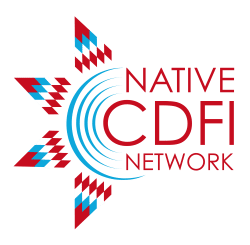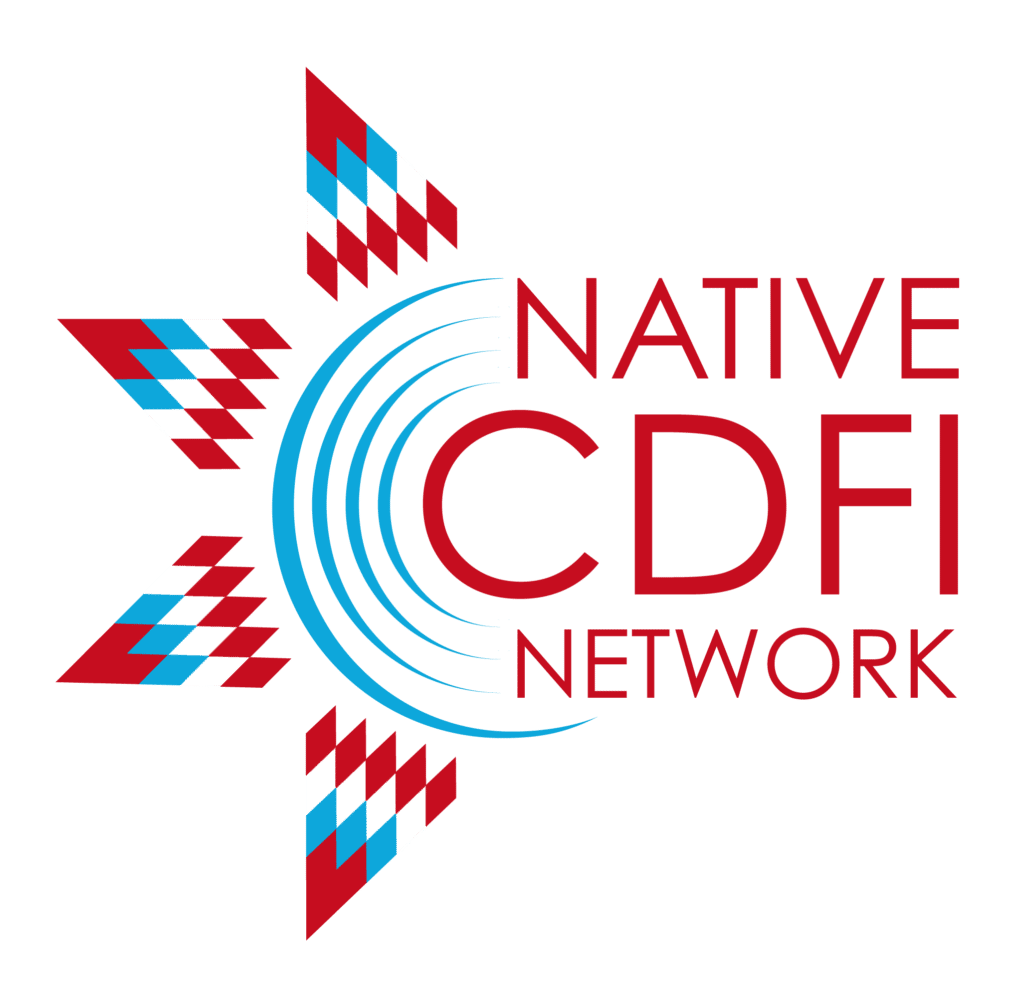General Tips for Success with USDA Programs
1. Don’t Be Discouraged by the Process
USDA’s downloadable forms and people-centered support make the process more approachable.
2. Do Your Research
Dig into USDA’s site and materials to understand each program’s purpose and limitations.
3. Start Early
Preparing a draft early helps USDA staff provide timely feedback.
4. Be Patient—with the Process and the People
Approval takes time. Respectful communication builds trust.
5. Build Strong Relationships with USDA Staff
Local USDA RD teams are vital before, during, and after funding.
6. Connect with Peer Native CDFIs
Lean on experienced Native CDFIs for peer support and insight. Reach out to others that have been awarded and see if they are willing to share what worked for them
7. Ask Questions Freely
Don’t hesitate to seek clarity, even if you feel unsure.
8. Don’t Be Afraid to Apply—or to Dream Big
Confidence counts—apply for what your community truly needs.
9. Keep Open, Consistent Communication
Frequent contact with USDA ensures smoother navigation.
10. Make Relationship-Building a Priority
USDA RD offices want to help, strong relationships make a difference.







